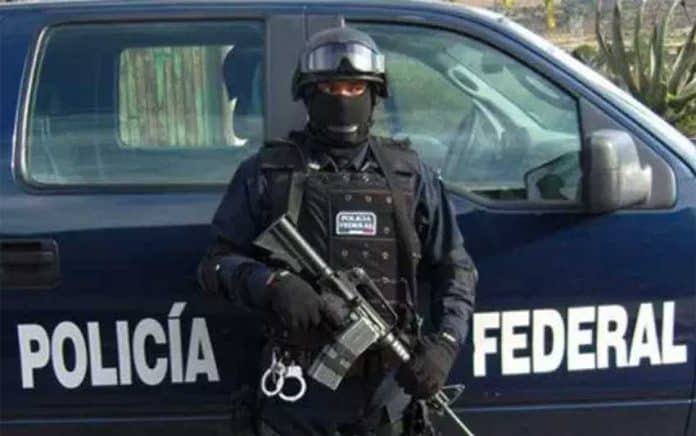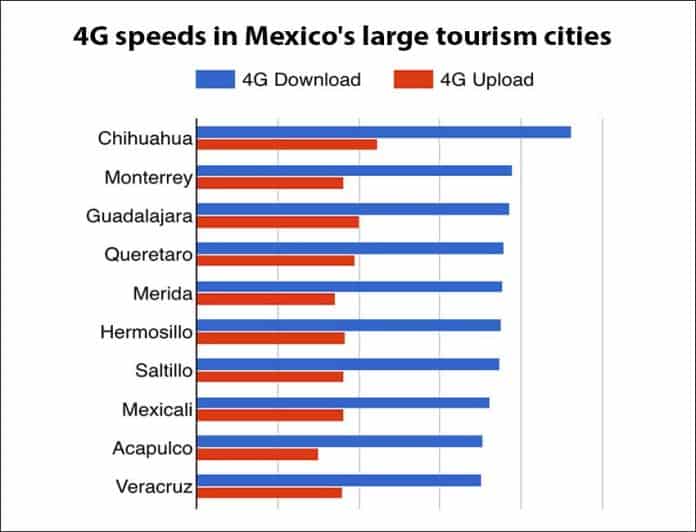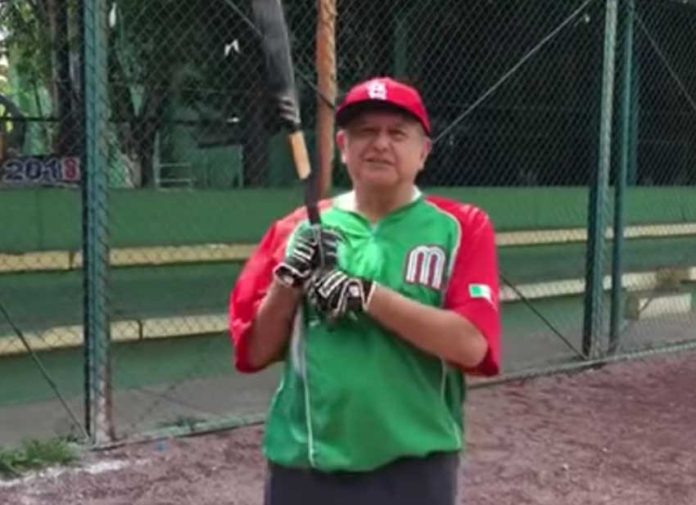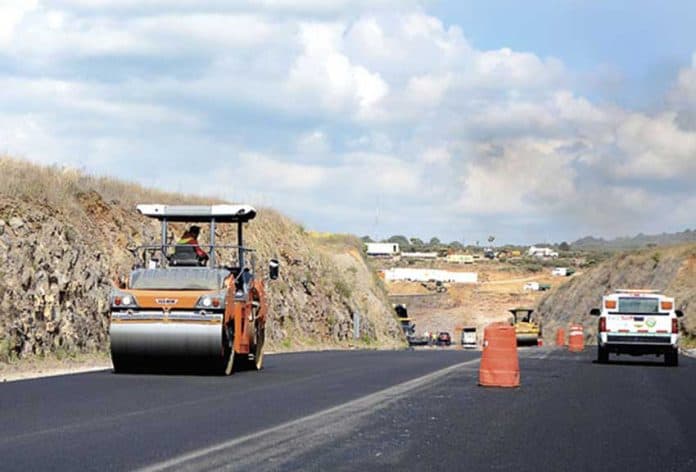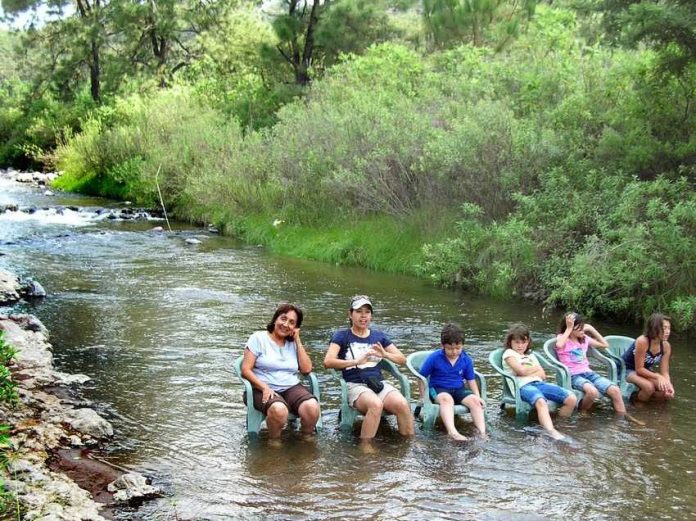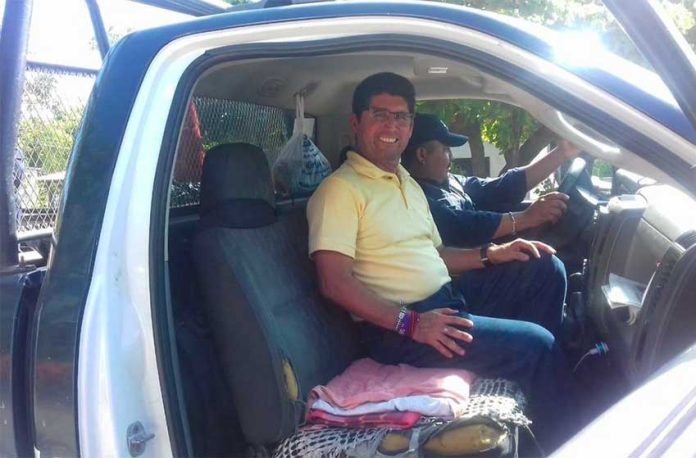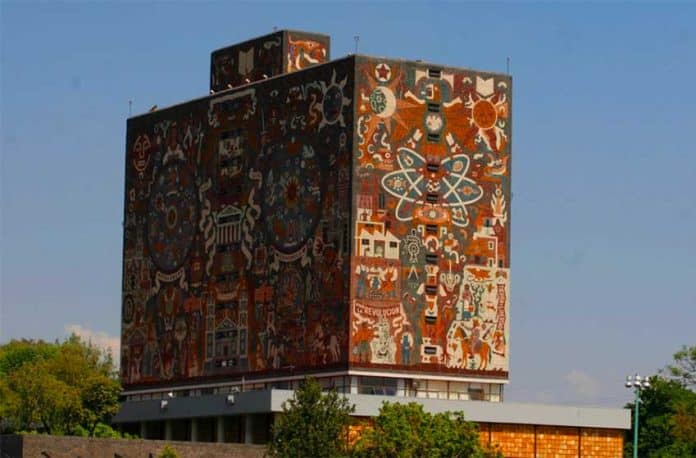Bosque la Primavera is a huge forest located due west of Guadalajara that is home to 60 species of mammals, 205 species of birds and countless pine and oak trees, but without a doubt its most popular attraction is Río Caliente.
The “hot river” is born deep inside a narrow canyon where it literally boils out of the walls, sputtering and steaming, a testimony to the continuing presence of magma deep beneath the surface and a reminder that what is now a forest was once the site of a colossal volcanic explosion which took place 95,000 years ago, ejecting 40 cubic kilometers of ash and pumice into the air.
To visit the birthplace of Río Caliente you need high boots and a bit of derring-do, but only 360 meters west of the river’s birthplace can be found more conventional pools of hot or warm water and even a natural steam sauna.
These lie within the grounds of Río Caliente Spa which, for four decades, attracted visitors from all over the world.
“This was considered a place of healing long before the arrival of the Spaniards,” spa owner Caroline Durston told me. “The water is alkaline with a pH of 8.3 and it contains traces of all kinds of mineral salts, including natural organic lithium.”
This spa also offered vegetarian cuisine, yoga and tai chi, and was immensely popular among norteamericanos right up to 2003 when the United States government included the state of Jalisco in a negative Travel Advisory. Overnight, the spa lost almost all its clients.
“Were your guests experiencing problems caused by narcos?” I asked Durston.
“Narcos? Violence? We’ve never had a single case,” said the spa owner, “but still we had to close our doors, and now I’m forced to sell the place.”
Fortunately, only 1.6 kilometers downstream there’s a balneario that never heard of those travel advisories. Here you can soak in Río Caliente’s delightful hot waters, totally forgetting all your problems.
At this spot local entrepreneurs have built four small dams across the river, creating four pools, each slightly cooler than the one above. The walls of these dams are made with river rock and in my opinion are far more aesthetic than the concrete eyesores I’ve seen at other hot springs.
In the first pool I measured a temperature of 37 C (98.6 F) in the morning when it’s shaded. During Guadalajara’s hot season (the month of May), the water temperature could rise to a point of discomfort in the noon-day sun.
Access to the pools costs 25 pesos per carload plus 10 pesos per person parking fee. Other than the parking lot, there are no facilities to be seen. Access to this area is through the town of La Primavera, located 11 kilometers west of Guadalajara, but I suggest you avoid the pools during Semana Santa (Holy Week) when thousands of people mob the area.
Further downriver, feeder streams enter Río Caliente, some of them hot and some of them cold. There’s really no way to tell what you are going to get until you stick your toe in, which can make for great family fun. The further south you go, the fewer people you will find and eventually you may have a stretch of the river all to yourself.
Just after Río Caliente takes a sudden turn to the west, you come to the hottest feeder stream of all, which I call the Black River, as the algae growing in it are an ultra-dark green.
If you follow this feeder upstream you will come to la Cascada Esmeralda, the Emerald Cascade, eternally shrouded in great clouds of steam whose movement in the breeze is so enchanting you might sit there watching for hours, hypnotized by the swirling vapors.
The first time I visited this fairytale waterfall I was dying of curiosity to continue on to the source of the Black River and, yes, I did find a trail heading upstream, through a canyon whose walls are painted white by mineral deposits from long ago.
The only problem is that this trail crosses the stream four times, and to follow it, you are obliged to hop from slimy rock to slimy rock, and to creep along a horizontal bank just above the nearly boiling water, hoping and praying you will not slip and fall into the soup.
At last, I came to a bowl-shaped enclosure containing a delightful-looking pool of water deep enough for several people to bathe in at once. A narrow stream of water splashed into the pool from high above. It looked like the swimming hole of your dreams, but most of the water was coming from dark, slimy, steaming mini-caves on one side.
Here I took the temperature, which was a whopping 70 C or 15° F, the hottest I’ve recorded anywhere in the area. This was the source of the Black River, but it looked more like the source of the River Styx leading to Hades.
Around six kilometers from its origin, Río Caliente cools down to a pleasant temperature of 30 to 35 C, depending on the ambient weather, and is now called Río Salado, the “salty river.” Children, however, have nicknamed it “the rock-n-roll river” because here the warm water swirls around boulders and rushes down mini-dams, creating a bubbling effect that the Jacuzzi Corporation could only envy.
This part of the river can be accessed from Jalisco highway 70 and has facilities for camping.
Fifteen kilometers from its source, the river plunges down picturesque waterfalls called Los Chorros de Tala, which are well worth viewing both from above and below. The Chorros are, in fact, so lovely that many weddings take place here just so the bride and groom can have the falls in the background of their fotos de boda.
Totally cooled off after their final dramatic plummet down the Chorros de Tala, the waters of Río Caliente finally disappear languidly somewhere in the swamps surrounding La Vega Dam. Most of the sites along the river are fully described in volumes I and II of Outdoors in Western Mexico.
[soliloquy id="59494"]
The writer has lived near Guadalajara, Jalisco, for more than 30 years and is the author of A Guide to West Mexico’s Guachimontones and Surrounding Area and co-author of Outdoors in Western Mexico. More of his writing can be found on his website.
